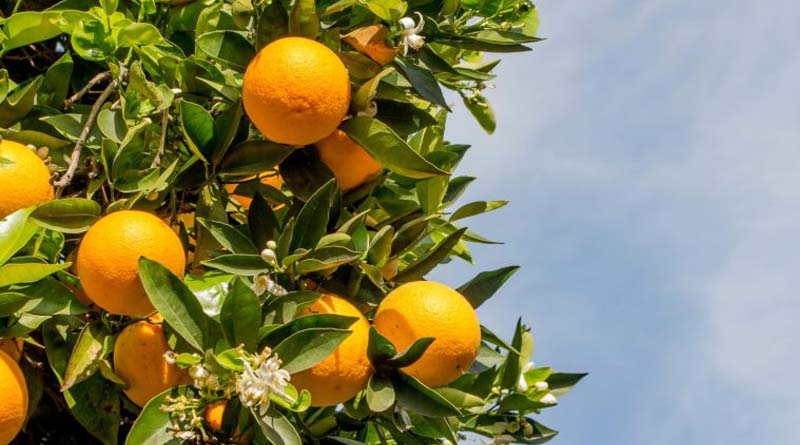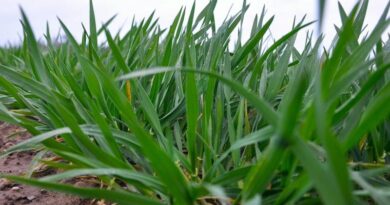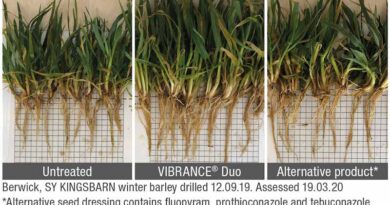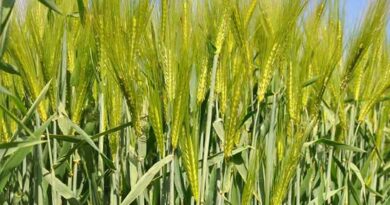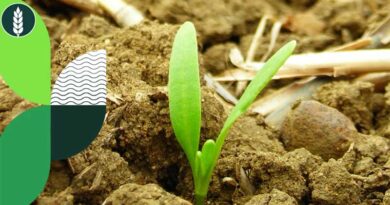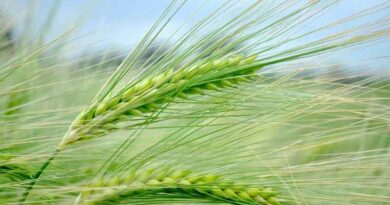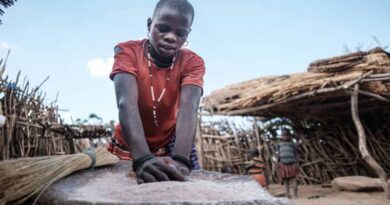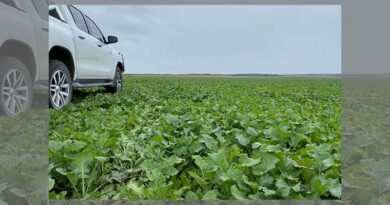What can you do to get your crops in shape after winter dormancy?
16 February 2024, US: Winter dormancy is a natural phenomenon that marks a necessary break in the life cycle of many crops. Low temperatures and shorter days trigger a state of rest in plants with the aim of conserving energy. Changes in growth, photosynthesis, respiration and root development take place in order to survive the winter.
But soon enough, it’ll be spring and only the best-prepared crops will win the race, that is, to be in the right condition to deliver high crop yields. What can you do to get your crops in shape? Here are the keys!
HOW WINTER DORMANCY AFFECTS CROPS
During the process of winter dormancy, crops enter a state of metabolic rest. Plants adjust their metabolism with a clear goal: to prioritize essential processes and to slow down all other processes that are not critical at the time.
Some plants can even produce antifreeze compounds, such as special proteins, to prevent freeze damage in their cells. As you can see, contrary to what you may think, in winter, crops are also quite vulnerable, which is why a little extra something after they wake up after winter dormancy will be more than welcome.
Have you thought about the advantages of expanding the biostimulation window of crops by starting to train them earlier? You can equip your plants with more tools to overcome winter dormancy and efficiently continue their growth and production for spring.
CROPS FACING WINTER
It goes without saying that not all crops behave in the same way during the winter period, with significant differences depending on the geographical region and the specific climate conditions of each area. For example, as winter comes to an end and spring arrives, farmers have to face the dreaded late frosts. Crops trained better during the winter will have more resources to overcome this challenge.
- Winter cereals. Wheat and barley, for example, experience limited growth during this stage, affecting their height and development. Frost can damage their leaves and grain leaves.
- Citrus fruits. Varieties that are more sensitive to the cold experience defoliation and burns on the fruit skins.
- Vineyards. Late frosts can cause damage to flower buds and young shoots. Grapevines with reinforced defense mechanisms can protect themselves better during these episodes.
- Root crops. Soil freezing makes root development difficult.
- Leafy vegetables. Frost can damage leaves, affecting their quality and appearance, decreasing their commercial value.
- Strawberries. Loss of leaves and damage to internal tissues.
COMING OUT OF WINTER DORMANCY
Stimulating soil microbial activity right from the start has enormous advantages to tackle the uncertainty that winter dormancy creates in crops. It’s a well-known fact that plants experience stress in different situations, including low winter temperatures. Applying biostimulants can trigger the appropriate physiological responses to strengthen the defense mechanisms of plants.
It can also boost their metabolism or facilitate nutrient uptake, which is less efficient due to the low temperatures. In short, making efforts to improve the health of agricultural soils will enable you to strengthen the symbiotic relationship between the plant and soil microorganisms, in such a way that the beneficial functions of the rhizosphere are enabled right from the start.
What solutions can be used to do all this?
Symborg provides farmers with a range of solutions that are able to stimulate crops after winter dormancy to meet the goal of more productive and profitable crops. Take note of our recommendations!
For starters, we’ve got TrichoSym Bio, a biostimulant composed of the Trichoderma harzianum T-78 fungus that can work in low temperatures (starting from 10 ºC).
With it, you start stimulating plants right from the start. This triggers soil activity, warming up plants.
The carbon and nitrogen from the decomposition of organic matter in the soil are made available to the microorganisms found in it.
What’s more, you start building collaborative/synergistic relationships between Trichoderma harzianum T-78, the plant and other beneficial soil microorganisms.
Next, we’ve got the microgranulated biostimulant Resid MG, which contains the exclusive mycorrhiza-forming fungus species Glomus iranicum var. tenuihypharum.
Resid MG has been specially developed for field crops and you can apply it with the top dressing of winter cereals.
Thanks to its symbiotic relationship with Glomus iranicum var. tenuihypharum, the plant will receive water and nutrients.
In addition, the slow release of propagules makes mycorrhization of the crop possible as soon as the plant is ready as well as continuously over time.
Last but not the least, we’ve got VitaSoil, a soil regenerator based on carefully selected rhizospheric microorganisms.
Its application is ideal after the Trichoderma harzianum T-78 fungus.
With a well-developed and strengthened root system, with VitaSoil, plants will get better access to nutrients and carry on with the biostimulation kick-started by Trichoderma harzianum T-78.
With all these tools, you can get your crops in shape in no time after winter dormancy, where only the best-prepared plants will be able to successfully overcome the enormous challenge facing them: producing high crop yields.
Also Read: Freight subsidy to promote agri products export from India
(For Latest Agriculture News & Updates, follow Krishak Jagat on Google News)

